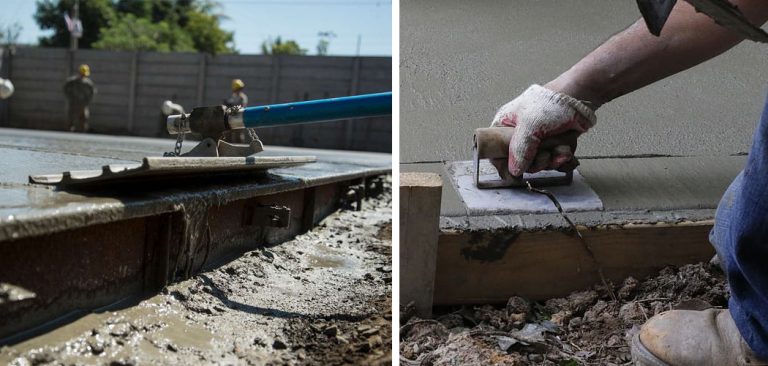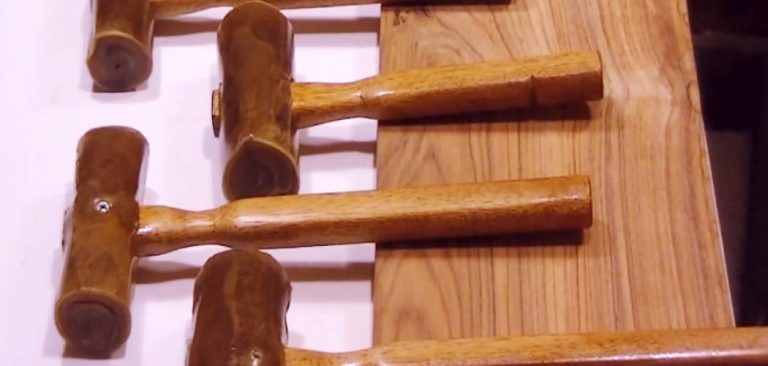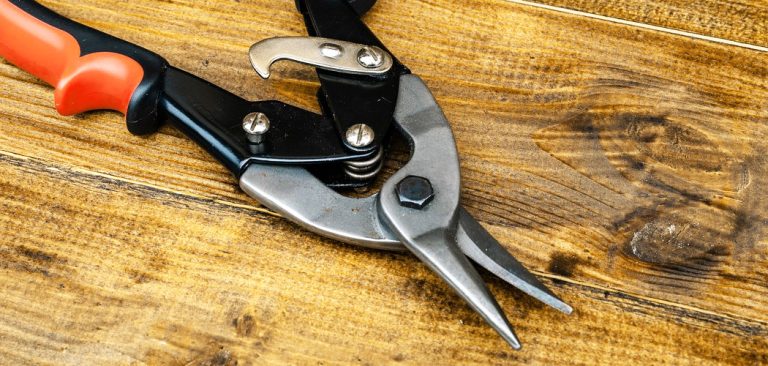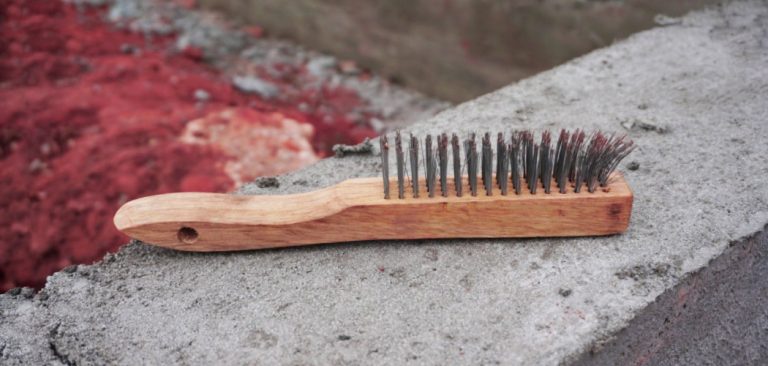Grout Float Vs Trowel
Starting a tile project should be exciting, not frustrating. Understanding the differences between Grout Float vs Trowel is crucial. Many people face setbacks due to confusion. This guide helps untangle the details, offering insights into alternative trowels for grout floats and explaining the specific differences.
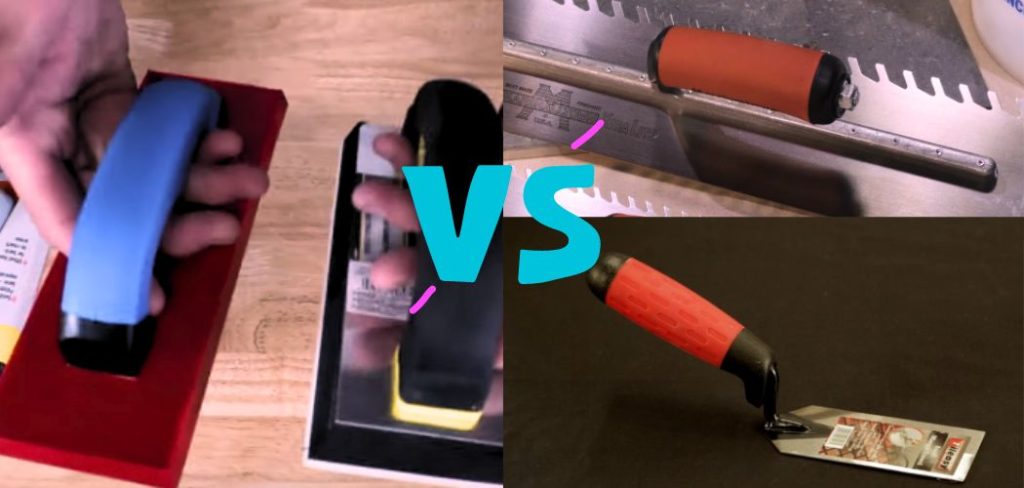
Gain the knowledge to turn challenges into successes in your tile projects. So let’s start with me and start an adventure journey .
What Type of Trowel Am I Using as an Alternative to a Grout Float?
I include here two alternatives of grout float , I hope it can be so helpful for you.
Notched Trowel
In the domain of grouting tools, the notched trowel stands out as a crucial implement for thinset application, serving as the linchpin in creating an impeccably even tile bed.
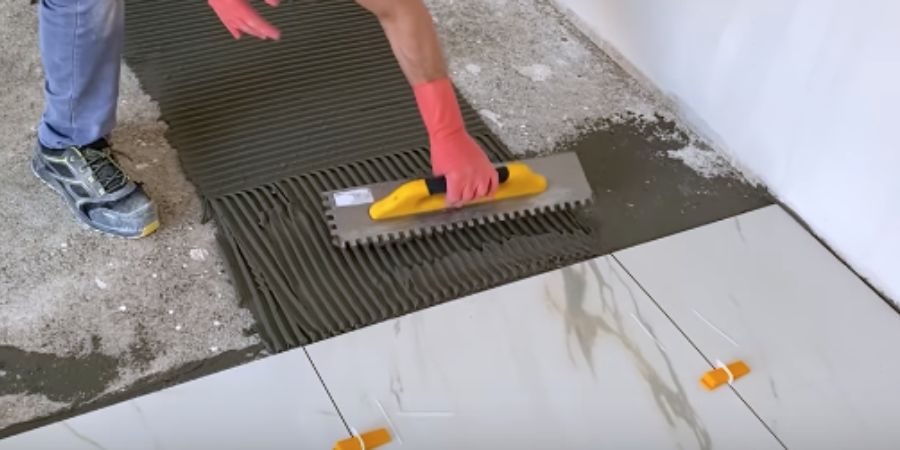
Its significance is underscored by the meticulous selection of notch size, an artistry tailored to the subtleties of tile size and pattern. The notched trowel, with its specialized role, plays a pivotal part in ensuring a secure and effective bond during the tiling process.
Margin Trowel
Complementing the traditional grout float, the margin trowel emerges with its versatile design, offering a multifaceted approach in the realm of tiling. Excelling in tasks like back-buttering, thinset stirring, and tile manipulation, the margin trowel is a dynamic tool in the toolkit of a meticulous tile artisan.
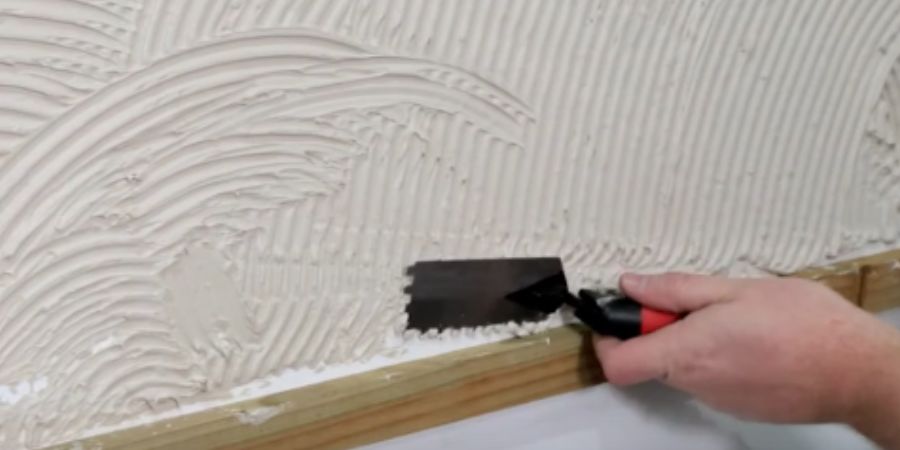
Pointing Trowel
A pointing trowel is ideal for precision tasks in stone work, particularly for applying grout in flagstone installations. Its narrow blade excels in grouting small gaps, intricate patterns, and detailing. This tool is particularly valuable for achieving a neat and accurate finish in tight spaces and for back-buttering individual stone tiles.
While not a direct substitute for the grout float, its versatility and adaptability make it an invaluable alternative, adding finesse to specific aspects of the intricate tiling process.
What Type of Work Can You Do Using a Grout Float?
A grout float is a versatile tool primarily used in tile installation. It facilitates grout application, smoothing, and cleanup between tiles. The flat rubberized surface ensures even grout distribution, creating a level finish.
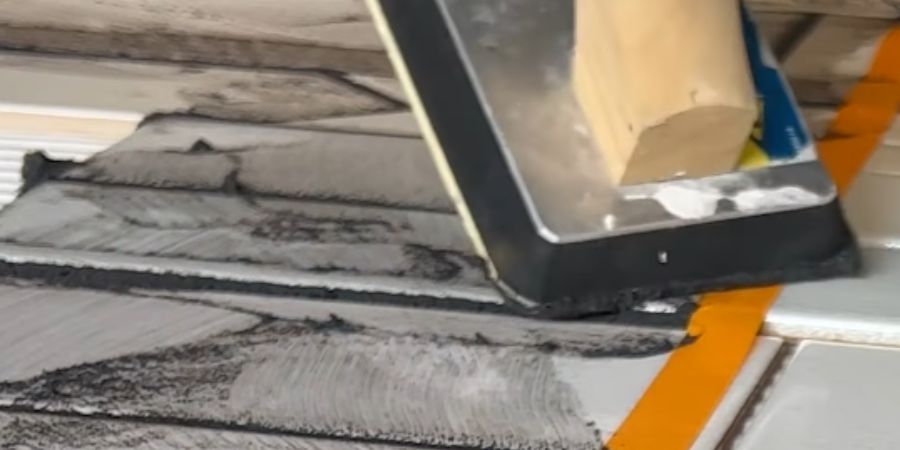
Additionally, the float aids in pressing tiles into adhesive, back-buttering for secure bonding, and shaping mortar in masonry work. Its varied applications make the grout float an essential tool for achieving professional and polished results in tiling and related projects.
What is the Main Difference Between Grout Float vs Trowel?
When purchasing tools for tile installation or grouting, it’s important to understand the difference between a grout float and a trowel. While both tools are used in the tiling process, they serve different purposes:
Grout Float
Purpose: Specifically designed for grouting tasks during tile installation.
Surface: Flat and rubberized or foam, facilitating even grout distribution.
Function: Essential for achieving a polished finish in grout lines, smoothing excess grout.
Application: After tiles are set, the grout float ensures uniform and clean grout lines, contributing to the overall aesthetic appeal.
Trowel
Purpose: A versatile tool with varied applications in tile work, including applying adhesive, back-buttering tiles, and shaping surfaces.
Surface: Flat or notched blade, adaptable to different tasks.
Function: Offers flexibility for different stages of tile installation, allowing for precision and control in various applications.
Application: Used in tasks beyond grouting, such as applying thinset with a notched trowel or back-buttering tiles with a margin trowel.
Choosing the Right Tool
Grout Float: Ideal for the final step of grouting, ensuring a seamless and professional finish in the visible spaces between tiles.
Trowel: Versatile for different phases of tile installation, providing flexibility and precision. A notched trowel is crucial for consistent thinset application, while a margin trowel excels in detailed work.
Summary
In tile work, a grout float is the finishing touch, perfecting the appearance of grout lines. On the other hand, a trowel, with its adaptability, plays a more varied role in the overall installation process. Understanding the specific functions of each tool ensures their effective use, contributing to a successful and aesthetically pleasing tile installation.
FAQs
Can a Grout Float Be Used for Different Types of Grout, Such as Structural or Tiling Grout?
Yes, a grout float is versatile and can be used with various grout types, including tiling, flooring, resin, non shrinking, and structural grouts. Its design allows for effective application and shaping of different grout varieties depending on the specific requirements of the task.
Conclusion
As we conclude this guide, your tile project transforms from potential frustration to an exciting adventure. Understanding grout floats and alternative trowels is key to overcoming setbacks in the intricate world of tiling.
Armed with insights into notched and margin trowels, as well as pointing trowels, you gain the knowledge to turn challenges into successes. Embark on your tiling adventure with confidence and precision, achieving professional results with every step. Happy tiling!
Read also:


